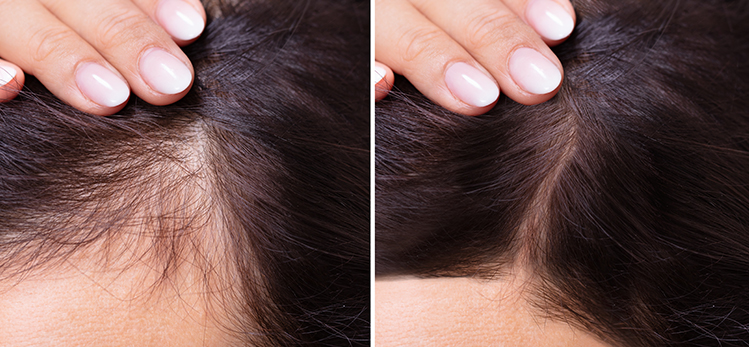Female Pattern Baldness - Causes & Treatments
Female Pattern Baldness - Understanding the Causes and Knowing the Treatments
Have you suddenly noticed an increase in the number of hair strands on your pillow in the morning? Or is your ponytail getting thinner by day? Well, you might be suffering from female pattern baldness. While that does sound scary, identifying it early on is key to treating this condition effectively. So keep reading to know what this is, how you can identify it, and most importantly, what treatments you can avail of to get your beautiful lustrous hair back.
What is Female Pattern Baldness?
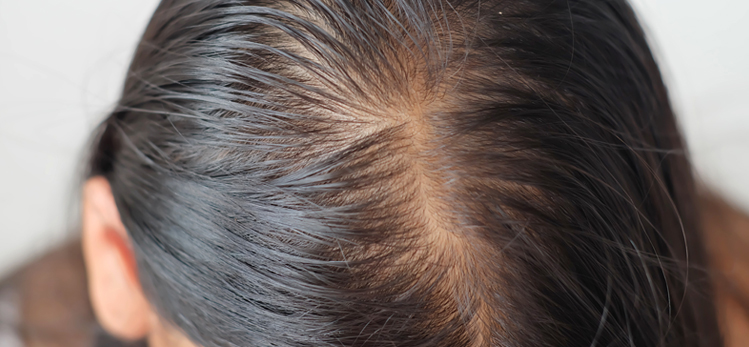
Female pattern baldness is a condition that leads to hair thinning and reduction in hair volume in women. Shedding of hair is normal. But when the lost hair does not naturally get replaced with new hair growth, it leads to female pattern hair loss (FPHL). A type of androgenetic alopecia, it is one of the most prevalent reasons for hair loss in women, and it intensifies with age.
In this condition, women experience a visible widening of the parting and more hair loss, causing a noticeable reduction in the thickness of the hair. FPHL can be caused due to many reasons. It is a medically treatable condition, but the results may vary with different treatments. Early diagnosis can be effective in treating this condition and stimulating hair growth.
Causes Of Female Pattern Baldness
Studies and research attribute female pattern baldness to many factors. Some of the most commonly known causes are:-
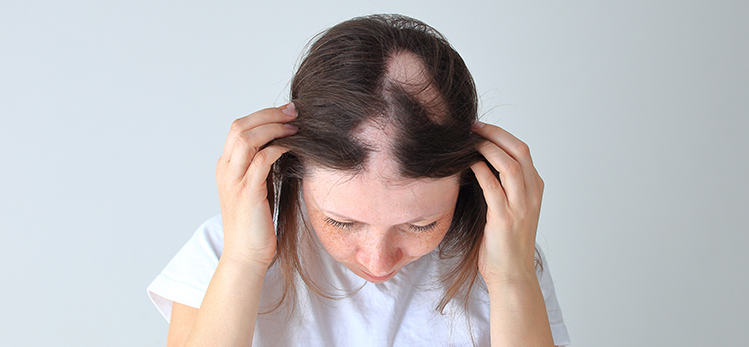
Medication – This is another apparent reason behind hair loss in females. Prolonged medication and treatment for diseases like cancer cause hair loss as a side effect. Even medical conditions like endocrine disorder, diabetes, and metabolic syndrome can also be associated with falling hair.
Symptoms/Diagnosis
An increase in the amount of hair on your comb while brushing, or entangled on your drain catch while showering, or on the floor and pillows.
Widening of the parting of your hair or thinning in patches.
When the scalp kin is visible through the hair
Reducing hair volume or thickness
Easy hair breakoff
One thing that is important to mention here is that the diagnosis of the cause of the hair fall can help you deal with the problem strategically as the treatment will be more result-oriented.
Types Of Hair Loss
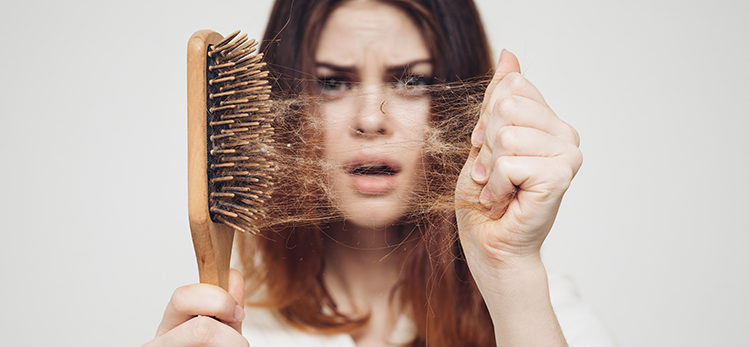
Anagen effluvium - This type of hair loss occurs as a side effect of some medication. When the growing hair follicle gets poisoned due to treatments like chemotherapy, hair growth itself suffers.
Treatment Of Female Pattern Baldness
Maintaining a healthy and stress-free lifestyle and nutritious meals are very important for optimal hair care. Visit your dermatologist for any hair fall related complains to get optimal diagnosis and management plan.
Following is list of some treatment options but your dermatologist will decide what will work for you;
Minoxidil – Minoxidil is a prescribed topical medication known to stimulate hair growth among people with female pattern hair loss. This has come after the Central Drugs Standard Control Organization (CDSCO) in India approved the use of Minoxidil topical solution of 2% and 5% for the treatment of FPHL. This is an androgen-independent medication. Minoxidil is used on dry hair and scalp twice a day only after dermatologist’s prescription.. This treatment needs to be adhered to consistently for a minimum of eight weeks for visible results.
Hair Transplant – Females with high hair density in the occipital area but who are facing increased hair loss in the front can always go for this treatment. Different techniques are used for successful hair transplantation, but it is better to remain practical in terms of expectations and results. The treatment is logically spread over months. The hair is taken from the donor site and transplanted to the spot with missing hair. The entire process is done under local anesthetic.
Corticosteroid Injection – This treatment is considered to be the most effective for people with alopecia areata who experience hair loss in small patches all over the scalp. In certain cases, the dermatologist may inject corticosteroids into the bald spots of the individuals. The injection generally needs to be administered every 4-8 weeks and therefore requires multiple rounds before successful growth is achieved.
Female pattern baldness can give rise to stress and disappointment and can gradually lead to physiological issues. It is a progressive condition if no proper care is taken. Also, though it is a very common problem, there is a lack of acknowledgment of the same until the hair loss is severe. Addressing the condition promptly can produce positive and effective results by following a planned treatment. You need to be patient as the results can take some time to surface. The trick is to not panic and deal with the problem in a planned manner. You can always take the help of cosmetic aids to lessen or cover the balding effect but do not forget to consult your dermatologist and always think positive.
Myth Busters HairFall
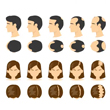
Androgenetic Alopecia - Everything You Need To Know
Have you been experiencing excessive hair fall over a prolonged period of time? It could be an early sign of androgenetic alopecia. It is a hair loss disorder common in both genders and can lead to progressive thinning and even baldness in some patients if not caught and treated early.

How To Make Hair Grow Faster For Men
A head full of healthy hair is a matter of confidence. Hair has its own mechanism of growing and shedding, and it is when this mechanism is thrown off that growth is hindered. Especially in the case of males, hair growth faces a lot of hiccups that can easily be managed.
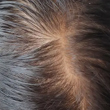
Female Pattern Baldness - Causes & Treatments
Have you suddenly noticed an increase in the number of hair strands on your pillow in the morning? Or is your ponytail getting thinner by day? Well, you might be suffering from female pattern baldness. While that does sound scary, identifying it early on is key to treating this condition effectively. So keep reading to know what this is, how you can identify it, and most importantly, what treatments you can avail of to get your beautiful lustrous hair back.
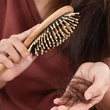
What Are The Reasons For Hairfall?
Almost everyone experiences some amount of hair thinning over the years. Shedding around 50 to 100 single strands of hair per day is considered normal. However, losing more than 150 strands a day, experiencing sudden thinning, or developing circular bald patches on your scalp are reasons for concern. Hair loss occurs when new hair doesn’t grow fast enough to replace the amount of hair you lose daily. Hair can fall due to various reasons, with hereditary hair loss and poor nutrition being the most common hair fall reasons.

Expert Approved Tips For Hair Growth
What can be more debilitating than seeing hundreds of hair strands shedding from your scalp every time you brush your hair? Also, excessive molting occurs during seasonal changes that can be very stressful for you. Although it’s okay to lose between 50-100 strands every day, according to the American Academy of Dermatology, the problem occurs when you start shedding more than normal. But that doesn’t mean you have to feel helpless as there are ways to grow your hair back. Even if you are coping with baldness or alopecia, certain hair growth tips from dermatologists can come to your rescue. Read on to discover how these tips can be your savior when abnormal hair fall problems are in sight.
Trending Videos
+ 4 Sources
LMRC - GGI-CO-A2-DMA-300026127-300026127-WM-J21-282
© 2021 Dr. Reddy’s Laboratories Ltd. All rights reserved.
